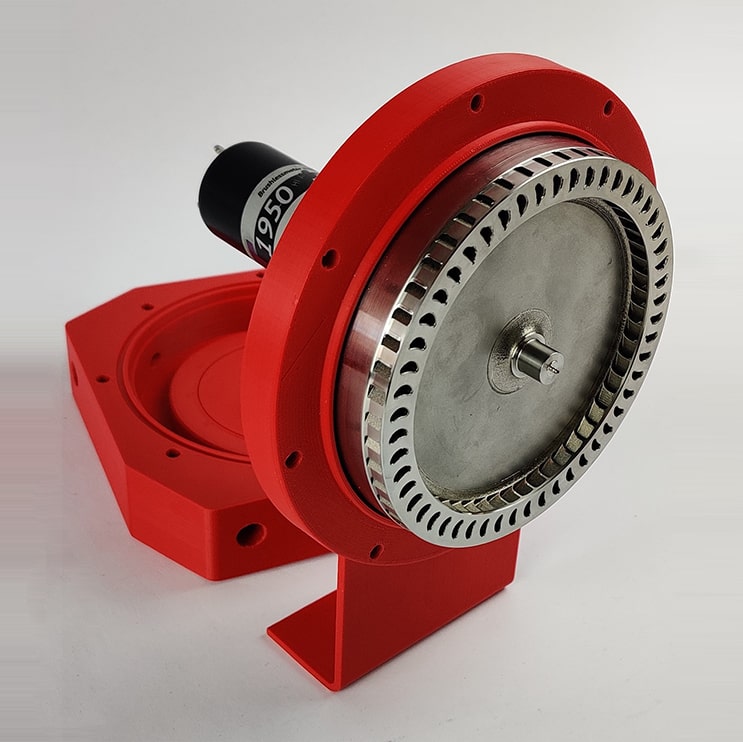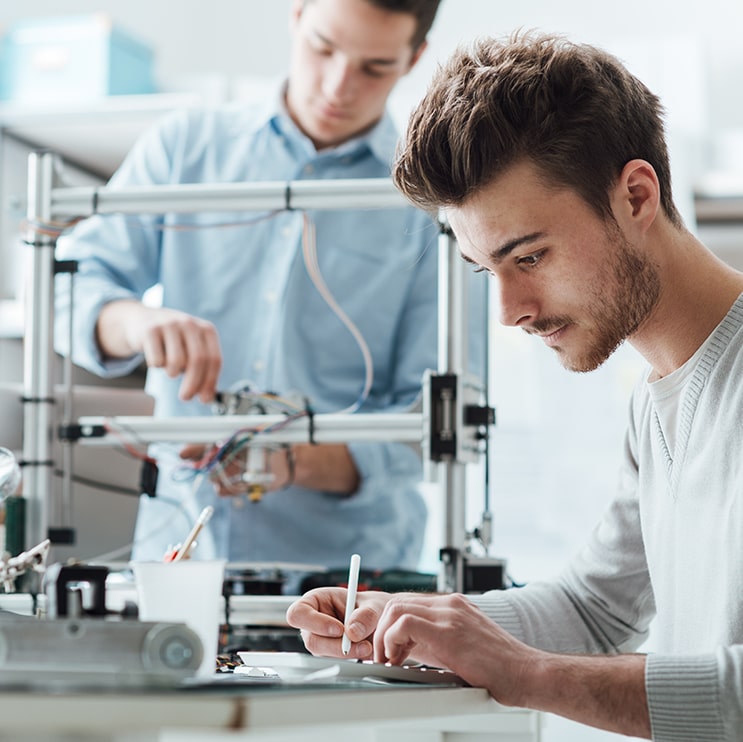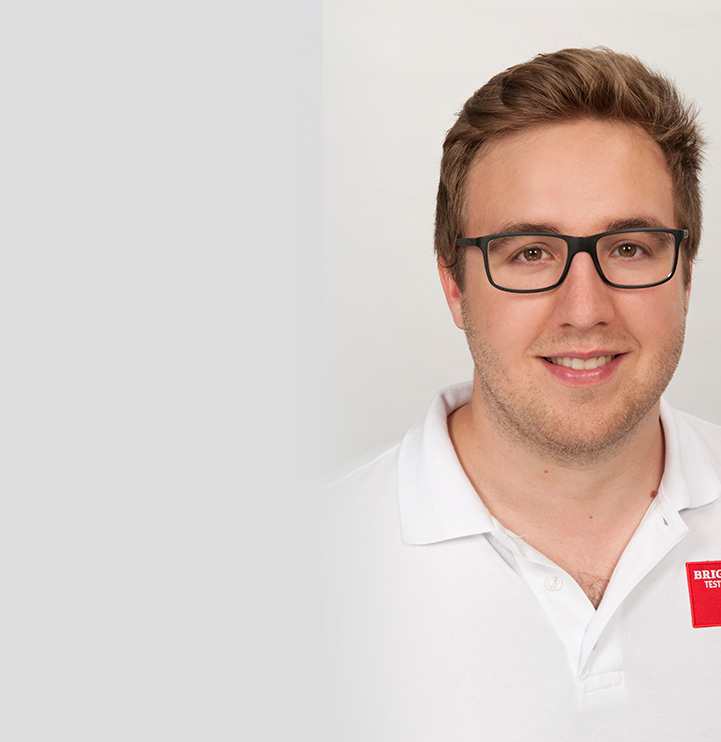In the course of global CO2 legislation and the potential introduction of “zero-emission areas”, the degree of electrification of vehicles, especially in the area of individual mobility and short-haul vehicles, will increase in the coming years.
However, the internal combustion engine will remain the dominant source of propulsion for the foreseeable future. By carefully optimizing the operating and design parameters, there is still a certain potential to improve the efficiency in its lower partial load operation, but if the combustion process remains the same, these measures will not bring about any further improvements in the full load range.
However, an improvement in efficiency through the recuperation of the so-called “loss energy flows” can be achieved through the use of residual heat utilization technologies.
The increasing degree of electrification of vehicles up to the regions of a mild hybrid opens up new degrees of freedom, especially with regard to the temporal decoupling due to the existing battery systems, for the recuperation of the residual heat.
The challenge is to sensibly combine the various systems for using residual heat in a vehicle.
An expansion machine is used to convert the energy, which is suitable for mobile applications and the Rankine process. A constant pressure turbine, as it is to be developed here, has the advantages of a compact design and the associated weight savings as well as a lubricant-free mode of operation in the work area. This is necessary because a pure fluid is required for the process with Ruths storage, which has a pure substance behavior in the two-phase area. The impulse turbine to be developed works at a low power level in the single-digit kilowatt range that is adapted to the available heat.
For the implementation of the constant pressure turbine, the impeller should be equipped with thin-walled blades for high efficiency of the turbine. Thanks to the new SLM production technologies and a suitable choice of materials, both requirements can be taken into account at the same time. Furthermore, the freedom of design of the components to be manufactured can be used positively by the SLM process and thus the disadvantages of the primary shaping processes, such as Avoidance of undercuts, partly compensated for completely.
Participants in the research project are:
- BRIGHT Testing GmbH
- Rosswag Engineering GmbH
- Fraunhofer ICT
Here is a video from the technology transfer program “Innovative Mobility Technologies”:




